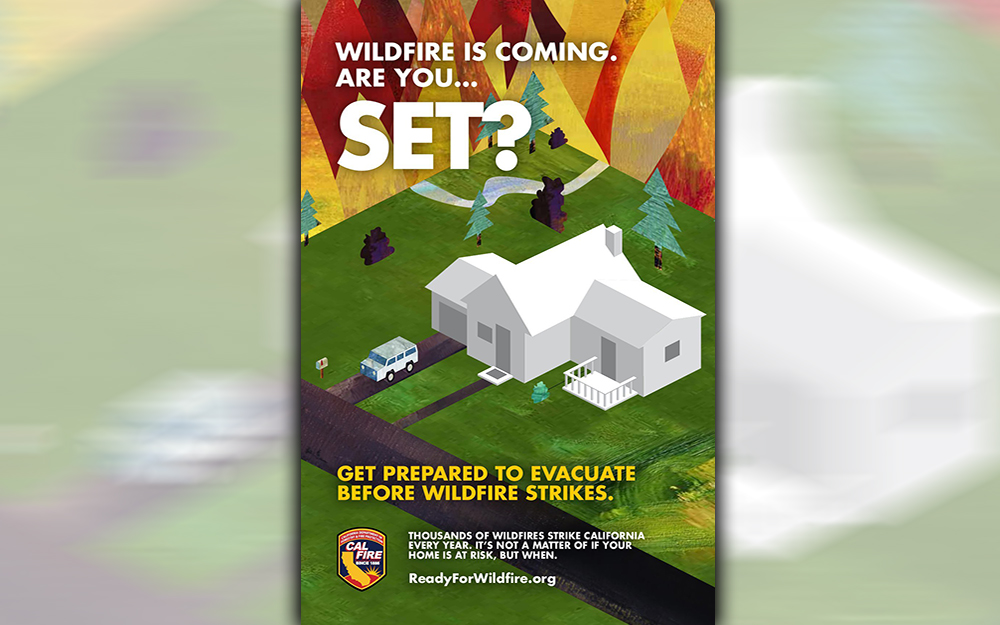
By Fire Chief Sam DiGiovanna
“As California moves into the heart of our (now year-round) wildland fire season, we have a new challenge to confront,” says Fire Chief Sam DiGiovanna. Several major utility companies have already begun issuing “public safety power shutoffs” to communities threatened by wildland fires or experiencing red flag conditions. The utility companies’ actions are a direct result of lawsuits they’re facing following allegations their electrical transmission lines caused some of the state’s most destructive fires over the past few years.
Such preventive measures are welcome because they may significantly curb fire starts. But the measures create another problem for firefighters. Power outages cause a surge in calls to 911. The greater the area affected and the longer the amount of time the power remains out, the more calls come in.
With crews deployed to fight brush fires or staged for quick fire response, we will struggle to respond to power-related calls. That means we, as firefighters and fire service leaders need to help our citizens prepare — and do so quickly.
We need your help to:
Emphasize to community members what it will mean to live without power for several days. Create checklists of items people should have on hand, from bottled water to flashlights to medicines to spare batteries for powering cell phones and tablets.
Remind your constituents that WiFi runs on power, and cellular capabilities may be quickly overwhelmed in an outage. It seems obvious, but we are so reliant on texting and looking up information online that we sometimes fail to realize what life will be like without that ability.
Reach out to vulnerable citizens to help them prepare. Those who rely on oxygen equipment or dialysis machines must have a plan to evacuate or at the very least, backup power.
Preplan evacuations and backup plans with critical businesses. Hospitals, skilled nursing facilities, senior-citizen housing, schools and daycare facilities all need special attention. Most of these facilities will have some sort of emergency power, but some will not. And generators are rarely enough to power all needed functions.
Establish and communicate the locations of cooling zones and shelters that will be available in the event of power outages. Although those who can fare on their own should remain in their homes, elderly people, very young children and sick or disabled people may need to be taken to a location where air conditioning and supplies are available.
Encourage homeowners and business owners to install generators. The city of Lompoc, for example, has initiated a program to waive permits for the installation of backup generators.
When traffic lights go down, who directs traffic? Do you have temporary signage that can be quickly deployed? How are evacuation routes marked? Power outages also frequently lead to an increase in traffic accidents.
Test your emergency communication systems and alerts. Your agency will be judged in part on how quickly and accurately you convey information to the public.
A public safety power shutoff may prevent some wildfires, but it will create a lot more “hotspots” requiring our attention as first responders. Our services are likely to be in such high demand that we’ll probably be quickly overwhelmed. That’s why we need to get the word out now that we can’t do it alone.










































